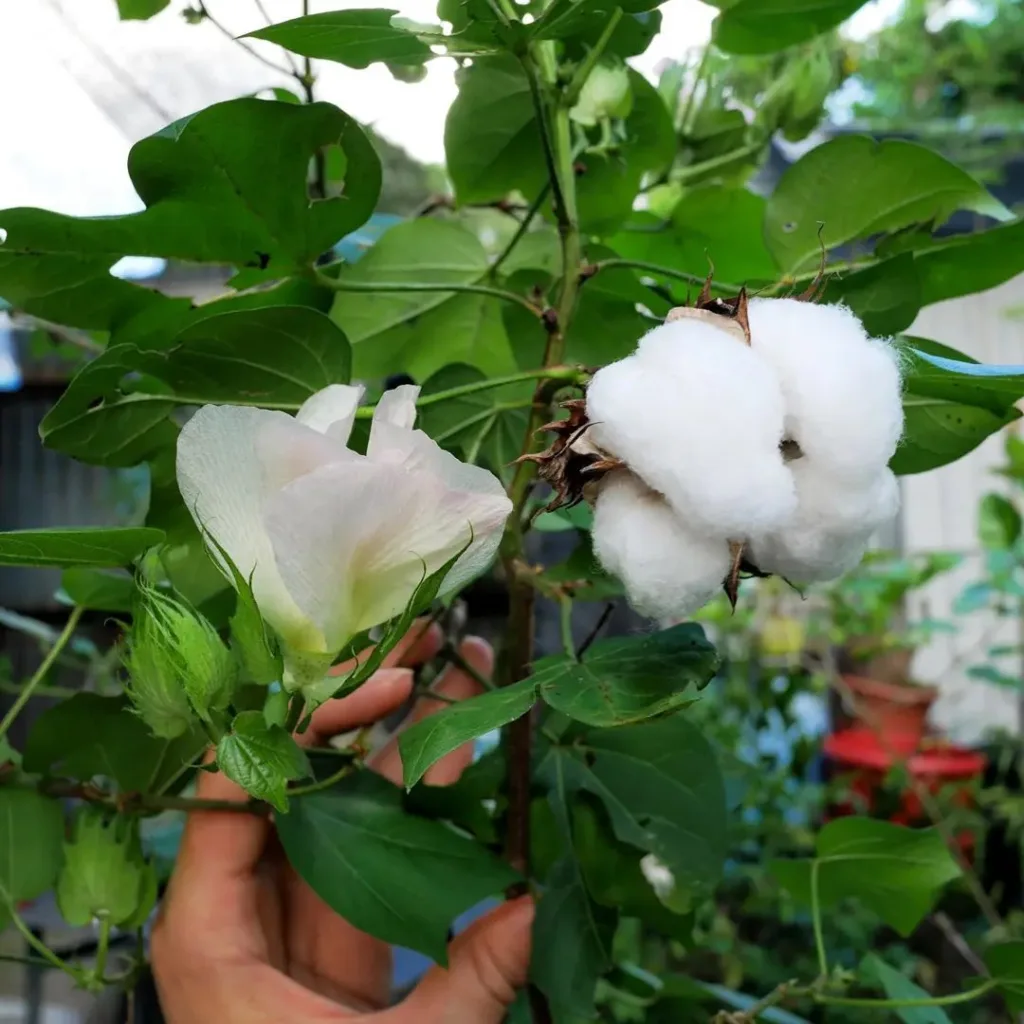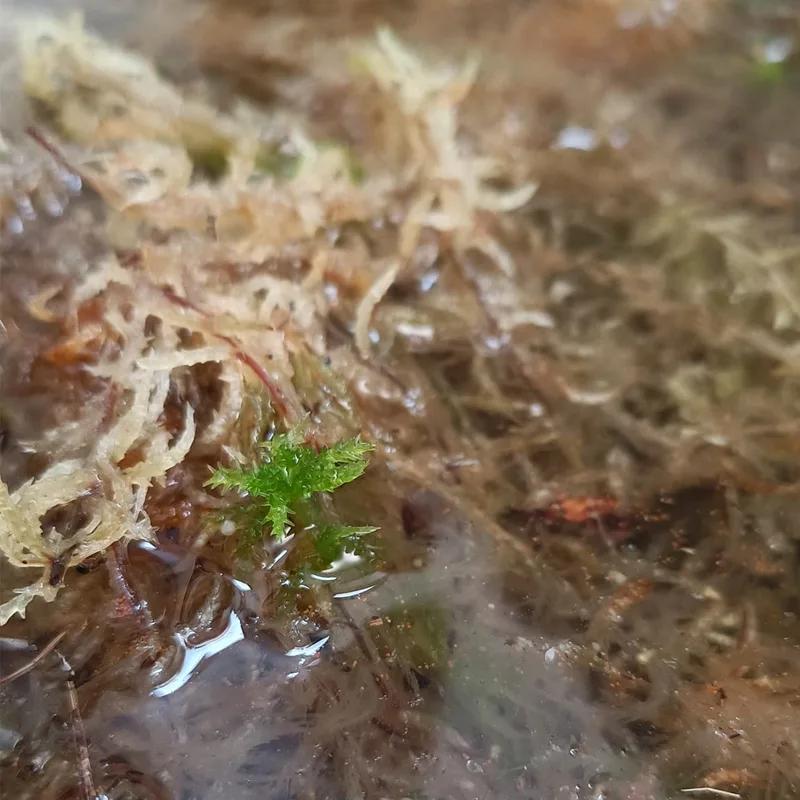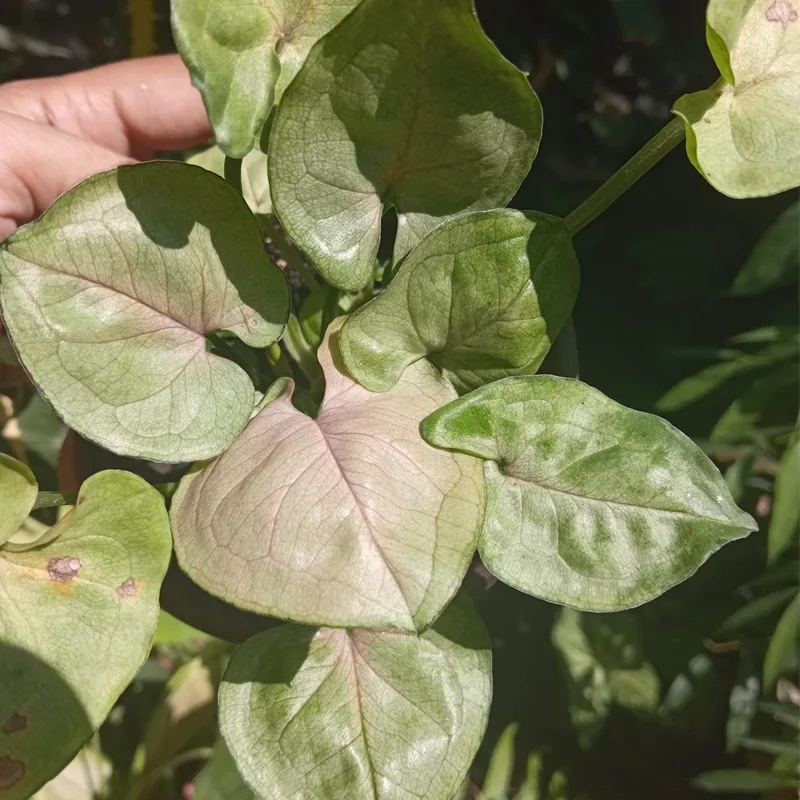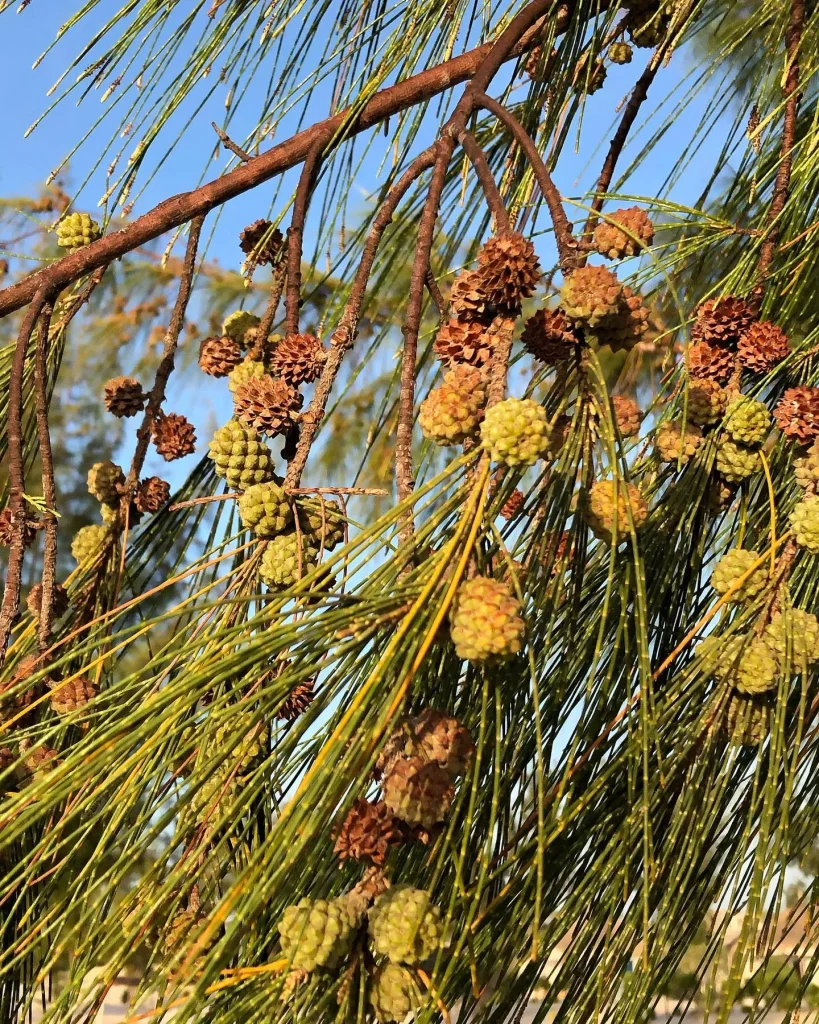FAQs About Petiveria Alliacea
Petiveria Alliacea, often known as “Guinea Henweed” or “Piri Piri,” is a plant that piques curiosity for its diverse uses and distinct properties. I’ve had my share of experiences with this plant, and I’ve compiled some frequently asked questions to give you a thorough understanding of Petiveria Alliacea.
What is Petiveria Alliacea?
Petiveria Alliacea is a perennial herb native to tropical regions of the Americas. It is recognized for its aromatic leaves that resemble those of garlic or onion, giving it a distinctive smell. The plant typically grows up to 1.5 meters tall and has small, inconspicuous flowers. It is often used in traditional medicine and is valued for its potential health benefits.
How to Care for Petiveria Alliacea?
Caring for Petiveria Alliacea is relatively straightforward, but there are a few key considerations:
- Light Requirements: It thrives in full sun to partial shade. If you’re growing it indoors, place it near a sunny window or under grow lights.
- Soil Conditions: The plant prefers well-drained soil. A mix of potting soil and sand works well. Ensure the soil is slightly acidic to neutral.
- Watering: Keep the soil consistently moist but not waterlogged. Allow the top inch of soil to dry out between waterings.
- Temperature: Petiveria Alliacea does best in warm temperatures. It can tolerate temperatures between 20-30°C (68-86°F). It may not survive frost, so if you live in a colder climate, consider bringing it indoors during winter.
How to Propagate Petiveria Alliacea?
Propagating Petiveria Alliacea is typically done through seeds or cuttings:
- From Seeds: Sow seeds in a seed tray filled with a well-draining mix. Keep the soil moist and place the tray in a warm, sunny location. Germination usually occurs within 2-3 weeks.
- From Cuttings: Take stem cuttings from a healthy plant. Dip the cut end in rooting hormone and plant it in a pot with a mixture of potting soil and sand. Keep the soil moist and place the pot in a warm, bright location. Rooting should occur in a few weeks.
What to Plant With Petiveria Alliacea?
Petiveria Alliacea pairs well with various companion plants, especially those that share similar soil and light requirements. Consider planting it with:
- Herbs: Basil, oregano, and thyme complement its growing conditions and can enhance a herb garden’s diversity.
- Flowers: Marigolds and nasturtiums can add vibrant colors and help deter pests that might affect Petiveria Alliacea.
Is Petiveria Alliacea Toxic?
Petiveria Alliacea is generally considered non-toxic, but it is always wise to handle it with care. The plant is used in traditional medicine, but consuming large amounts can cause mild digestive issues in some individuals. Always consult with a healthcare provider before using it for medicinal purposes.
Benefits of Petiveria Alliacea
Petiveria Alliacea has a variety of purported benefits:
- Traditional Medicine: In traditional medicine, it is used to treat a range of ailments, from digestive issues to respiratory conditions. It is believed to have antimicrobial and anti-inflammatory properties.
- Insect Repellent: The strong odor of the plant can act as a natural insect repellent, making it a useful addition to a garden to keep pests at bay.
Common Problems with Petiveria Alliacea
Despite its resilience, Petiveria Alliacea can face some issues:
- Pest Infestations: Watch out for aphids and spider mites. Regularly inspect the plant and use insecticidal soap if necessary.
- Disease: Overwatering can lead to root rot. Ensure proper drainage and avoid waterlogging the soil.
Compare with Other Similar Plants
Petiveria Alliacea is sometimes confused with other plants due to its appearance and uses:
- With Garlic (Allium sativum): While Petiveria Alliacea has a similar odor to garlic, it is a different plant with different uses and benefits.
- With Echinacea: Both plants are used in traditional medicine, but Petiveria Alliacea is typically used for its anti-inflammatory properties, while Echinacea is more commonly associated with immune system support.
In conclusion, Petiveria Alliacea is a fascinating plant with a variety of uses and benefits. Whether you’re growing it for its medicinal properties or as a companion plant in your garden, understanding its care requirements and potential issues will help you make the most of this versatile herb.




